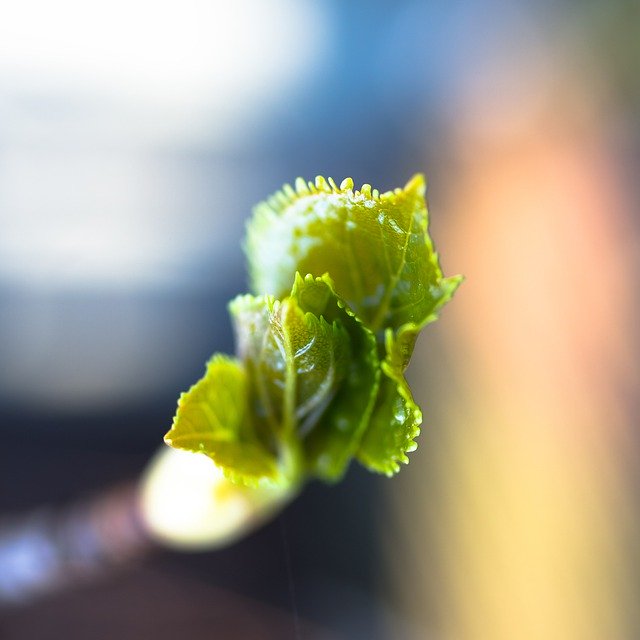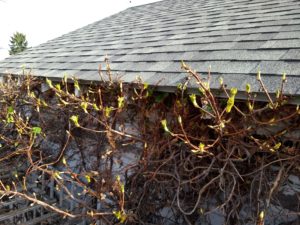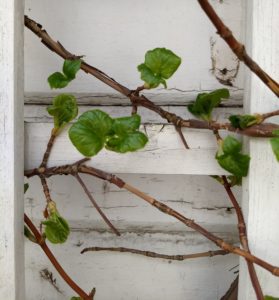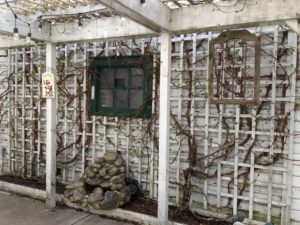
It was Easter morning. Jessica and the kids were coming over for brunch, and I was in the kitchen getting ready to make cinnamon knots to contribute to the menu.
It had been kind of a tough morning.
Earlier, I’d spent a few minutes scrolling through my Facebook feed and I saw countless “He is risen” posts with their proclamations of hope and praise.
I reflected on Easter from past years when my faith was firmly in the evangelical world and when I found similar hope and encouragement in the notion that death had been overcome. But through those lenses, it wasn’t simply that death had been overcome; the point of it all was part of a cosmic plan involving our post-mortem fate.
These days I’m simply in a different place with how I engage the whole notion of Easter. The power and validity of resurrection feels more meaningful and relevant than ever, but in different ways.
As I reflected, there was a tinge of yearning to go back to that former place of understanding. I can’t put a finger on what it was specifically, but it’s almost like there seemed to be an element of simplicity to it.
It was part of a neat and tidy belief system, and although it didn’t promise a neat and tidy life, it packaged everything up pretty nicely, complete with a ribbon and bow on it.
Moving beyond that set of beliefs – or perhaps beyond a specific interpretation or understanding of those beliefs – has been both awesome and arduous, magnificent and messy. But the desire for certainty and simplicity can creep back in, so I guess it’s not surprising that there are times when a part of me wants to return.
On top of all of that, I was also thinking back to Easter mornings when my kids were younger, reflecting on the fun times as they searched for eggs and the like.
They’re older now, plus the look of our family has changed quite a bit in the last few years, leading up to and through the separation.
Again, there was somewhat of a yearning to go back. To recapture and recreate those moments. To return to the familiar, which always feels more safe, more certain.
It’s not uncommon to look back on the past and manage to view it through lenses that allow us to see “then” as somehow better than “now.”

And even though logically I know that “now” is all there is, and that “now” is not only the present moment but also what has the power to create the future, try telling that to a heart that for whatever reason is feeling pricked by the past.
So yeah, there were a few things on my heart that morning. None of it was bad or troubling. It just was.
I wanted to watch the livestream of the service from the church that I venture into on occasion, so I grabbed my laptop and placed it strategically on the counter to hopefully avoid the baking festivities that were underway.
Church is kind of a messy topic for me, but I’ve found a place that resonates. I fondly refer to it as “heretic church,” simply because it holds space for unorthodox thoughts and opinions. A place where “humanity > ideology” in actuality, not just in a clever phrase that appears on its website.
When I do venture in the doors, it’s not uncommon that something will strike a chord somewhere deep inside of me. Maybe it’ll be in response to something that’s spoken, but often it takes place in a still space; it’s not a direct response to anything I can put a finger on. Somehow, a resonance happens that’s beyond any sort of explanation.
The spiritual aspects to our lives can be somewhat of a powerful mystery, provided we don’t reduce spirituality to a list of tasks or beliefs.
Anyway, I knew chances were pretty good that I’d get some meaningful perspectives on resurrection that morning, so I tuned in and did my best to pay equal attention to the stream and the recipe, doing my best to keep flour off of the laptop.
There were a number of things that I appreciated hearing in that livestream, including the fact that every major world religion has some element of resurrection in it, so clearly the very concept has held meaning for people throughout all of history.
But what hit me the most was the idea that life continually shows us that things transform and evolve. Things that once were turn into something else. Every ending leads to a new beginning.
And there it was.
There, standing in my kitchen with sticky hands as I kneaded the dough, alone and yet with several good friends who were also “virtually” present in this online space, was the thing that needed to happen for me. Prompted by the very words that I needed to hear about resurrection.
It gripped me tightly and released me all at once in one of those powerful experiences that can’t be put to words.
I’m certainly no stranger to the notion that things evolve and that endings create new beginnings. And that’s the perspective I’ve held through big life changes in recent years, but that’s still what I needed to hear that morning.
The cinnamon knots turned out great. Brunch was delicious. Being able to enjoy it all with Jessica and the kids was beautiful in itself. The fact that she and I can still be family – and maybe more importantly, friends – even though we’re no longer married is a gift.
Does resurrection mean something to me?

Absolutely.
And maybe that meaning is at least in part what’s at the heart of the resurrection stories that have enamored cultures across the globe throughout all of history.
Things that once were turn into something else.
Every ending leads to a new beginning.
Image credit (all images from Pixabay):
Forest path by Jim Semonik
Rear view mirror by Erin Alder
Sprouting leaves by katsuwow







